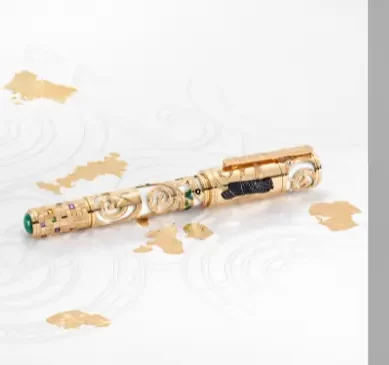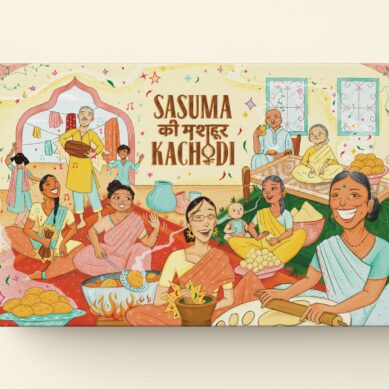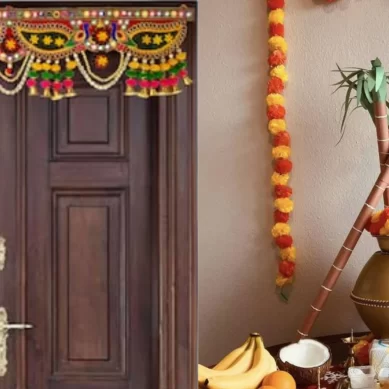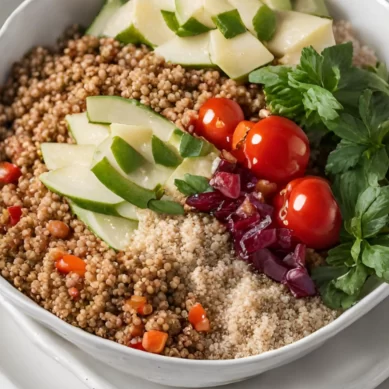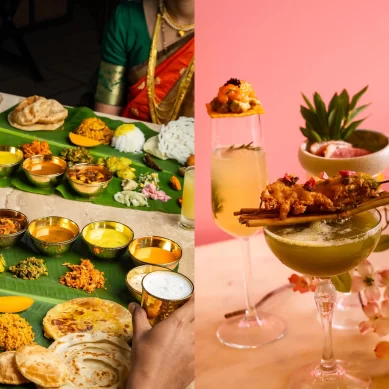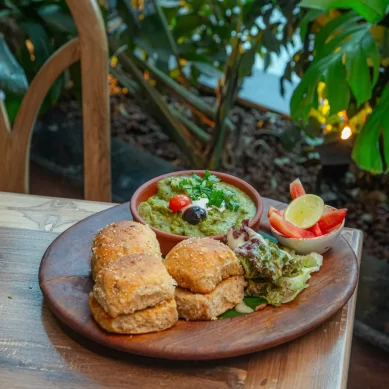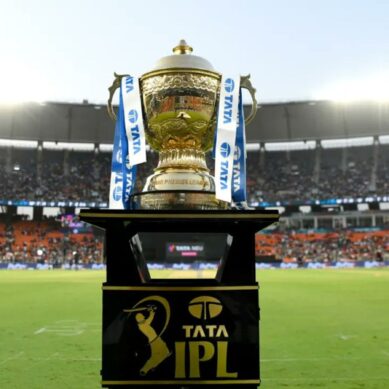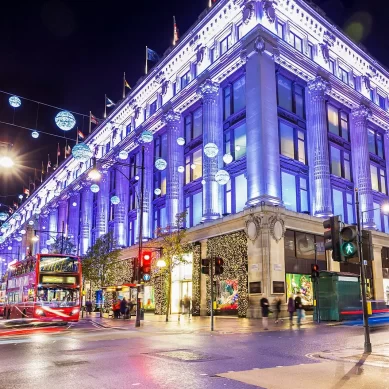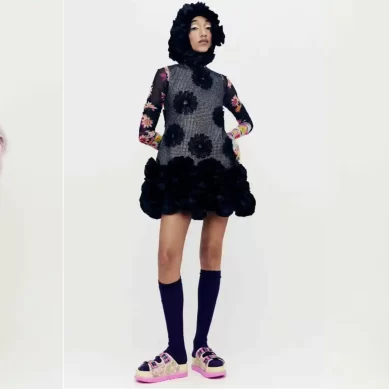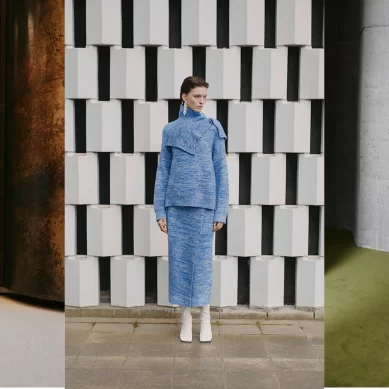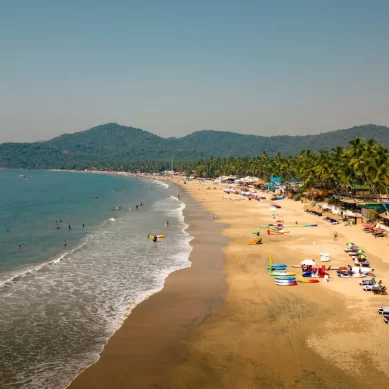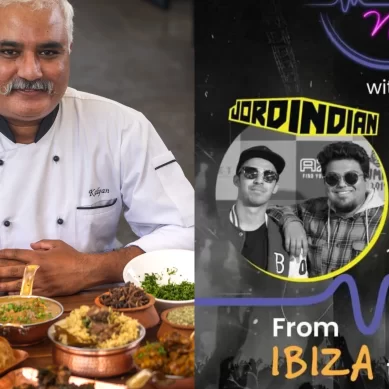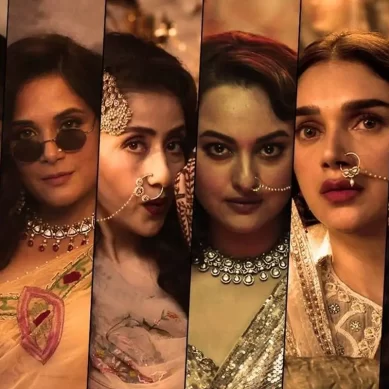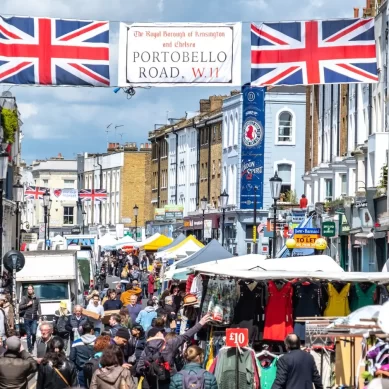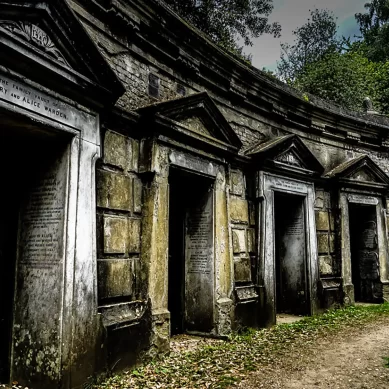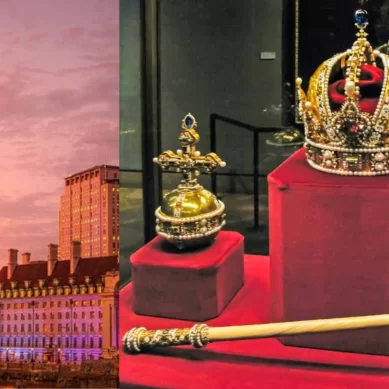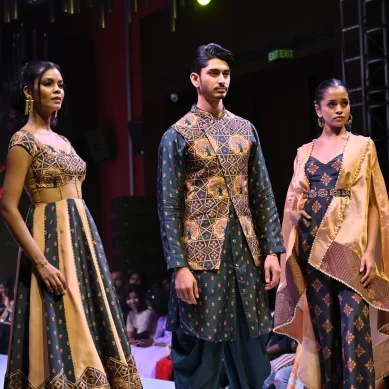
Makar Sankranti, celebrated on 14th/15th January is a lively festive symbolizing the Sun’s northward voyage and the end of winter, is widely observed in India. While the festival’s essence stays unchanged, the dress code takes on a fascinatingly expanded character, representing the rich tapestry of regional traditions. Let’s take a style voyage across India to discover the distinct colors of Makar Sankranti.
North
- Punjab
In Punjab, Makar Sankranti is celebrated with a bonfire named Lohri. Lohri commemorates the end of winter and is a traditional celebration of the sun’s migration to the Northern Hemisphere by people in India’s northern area. Men dress in crimson, green, and ochre lungis and kurtas, while women look stunning in Patiala suits adorned with intricate phulkari embroidery.
 Navneet Bhangra
Navneet Bhangra
- Himachal Pradesh
In some regions of Himachal Pradesh, the day is known as Magha Saaji, although it is also known as Magha Ra Saza, this month is dedicated to Agni Devta devotion. In villages of Himachal, Lohri night is part of Maghi celebrations and is referred to as Masant. The Kullu Valley comes alive with color as women wear dazzling chhadis (shawls) and kurtas while men wear traditional kullus (caps) and pattu kurtas.
 International Business Times India
International Business Times India
South
- Tamil Nadu
Pongal is a celebration dedicated to Surya, the Sun God, and coincides with Makar Sankranti, a harvest festival celebrated across India under several regional names. The three days of the Pongal festival are known as Bhogi Pongal, Surya Pongal, and Mattu Pongal. Some Tamils commemorate Kanum Pongal on the fourth day of Pongal. Ladies shimmer in gold, green, and red silk sarees, accessorized with gold jewelry. Men wear white mundus and kurtas.
 Southindiafashion.com
Southindiafashion.com
- Kerala
Makara vilakku is an annual celebration celebrated on Makara Sankranti at the Sabarimala shrine in Kerala, India. The event features the Thiruvabharanam procession and a congregation at Sabarimala’s hill shrine. women are dressed in kasavu sarees delicately woven with gold threads and traditional set mundu (blouse). The males dress in ivory and cream kurtas and mundus.
 Sreejith S
Sreejith S
East
- West Bengal
Poush Sankranti in West Bengal, after the Bengali month in which it falls. In Bengal, Makar Sankranti is a riot of colors. Women wear vibrant silk or cotton saris with floral motifs and zari borders. Dhotis and kurtas in white, blue, and green are worn by men.
- Odisha
In Odisha, the festivities begin with special pujas dedicated to Lord Surya. Odia women celebrate Makar Sankranti in sambalpuri sarees with intricate geometric patterns and vibrant colors. Men wear dhotis and kurtas in earthy tones such as brown and beige.
 হ-য-ব-র-ল’
হ-য-ব-র-ল’
- Gujarat
In Gujurat Makar Sankranti is observed as Uttarayana, which is known as the day of a new, good, healthy, and prosperous beginning. The first day of Sankranti is called Uttarayan, and the next day is called Vasi Uttarayan or stale Uttarayana. During Makar Sankranti, the skies of Gujarat, like the rest of India, become a canvas for multicolored kites. Gujarati women dress up for Makar Sankranti in ghagra choli costumes with bright skirts and embroidered blouses. Men dress in white and cream dhotis and kurtas.
This is just a small sample of the kaleidoscope of hues by The Style. World that cover India’s Makar Sankranti landscape. The event is a lovely reminder of the complex cultural tapestry that runs through the country, where tradition and modernity coexist to produce a genuinely unique celebration.
Happy Makar Sankranti!



